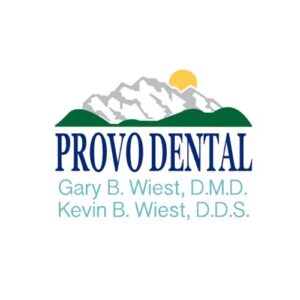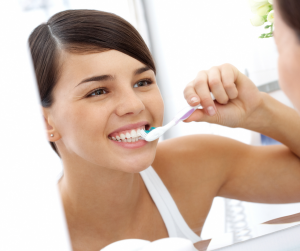Author: nearmedental
The first stage for the growth of teeth begins when the unborn baby is about six weeks of gestation.at this stage; the basic substance is formed. The hard tissue that then surrounds the teeth is formed between the 3 to 4 months of gestation. The next stage occurs when the baby is born primary teeth begin to erupt mostly between the ages of 6 to 12 months.
First teeth to come in are usually the mid-front teeth on the lower jaw, then comes the central lower incisors followed by the four upper incisors. The first four molars then erupt, followed by the remaining lateral bottom incisors. The cupids and pointed teeth appear at this stage, and second molars appear after the child reaches two years. Shading of primary teeth begins mostly at six years old.
Changes to Teeth During Aging
The primary teeth are then replaced with permanent teeth, as an individual ages on the day to day basis certain changes occur on their teeth. Here are changes that occur with advancing age
Wearing Out Of Teeth Enamel
The tooth enamel tends to wear out due to the frequent friction and grinding of teeth; this exposes the dentin and makes the teeth vulnerable to decay and damage. Removal of the enamel leads to the deterioration of teeth and makes teeth sensitive to temperature fall and rise.
Nerves Becoming Smaller
The nerves in the teeth then become smaller, making your teeth less sensitive. The redundancy of nerves leads to numbness of teeth and jaws, and in some extreme cases, this leads to difficulty in tasting as the taste buds are worn out.
Teeth Erosion
This happens due to the gradual overtime accumulation of plaque around the gums and teeth. The enamel forms cavities, which turn to brown color and makes teeth easily predisposed to decay. Looking for “dental in Brooklyn” will give you suggestions of the best dentists to handle the cavities.
Constant Dry Mouth
This mostly happens when the mouth is unable to produce saliva; this condition causes production and accumulation of sugars and acids in the mouth that are corrosive enhancers of teeth.
Recession Of Jawbone
This is mostly caused by the removal of teeth and the failure to replace the missing teeth. This allows space for the remaining teeth to shift to the spaces left by the missing teeth hence causing uneven jawbone.
Wounds in the gums
Lumps, bumps, and swellings form in gums; this is mostly due to the frequent and progressive brushing and flossing, which lessens the cover tissues in gums. The gums are then left vulnerable to swelling and wounds on hard brushing.
Gum Disease
Some gum diseases tend to be most effective depending on age, slightly older individuals are quite predisposed to gum disease due to the vulnerability of their already worn out gums, and this condition mostly causes bleeding gums.
Stomatitis
This condition is mostly denture-induced. Improperly fitted dental braces lead to this condition where small stain spots are formed on teeth making a base for cavities and tooth decay. Adults who have used dental braces for a long period are prone to this denture-induced stomatitis.
Shedding Of Teeth
This happens involuntarily due to the weakening of the roots that hold the tooth base to the gums. The roots become older and lose grip and affirmation to the jawbone; hence the shedding as an individual grows older.
Loose Teeth
This mostly affects individuals in their prime age of fifties; the gums expand, leaving space for teeth to move hence causing looseness of the teeth, which eventually leads to the ultimate shading of teeth.
Top Cusps Removal
This mostly comes due to the frequent grinding of teeth, mostly the molars and premolars shed off their cusps because of their frequent function of grinding food.
Cracked or broken teeth, due to the frequent friction and grinding of teeth and sometimes biting on hard objects, fractures formed begin to weaken over time as you age, leading to broken and cracked teeth that are nerve sensitive.
Teeth Discoloration
This is mostly caused by the removal of the enamel or the coloration of teeth by stains from acid in drinks like coffee. Teeth start losing or changing from their primary color as time goes by while aging.
Formation Of A Hard Coat
A semipermeable yellow coating forms on teeth of individuals who practice poor oral maintenance as they age. This coating mostly acts as a catalyst for tooth cavity and decay.
Conclusion
In conclusion, the human tooth grows from the embryonic stage and evolves to meet their precise function. Changes occur that affect teeth as you age. When you notice these changes, find the best dentist by searching for “dental in Brooklyn” in the local directory.


